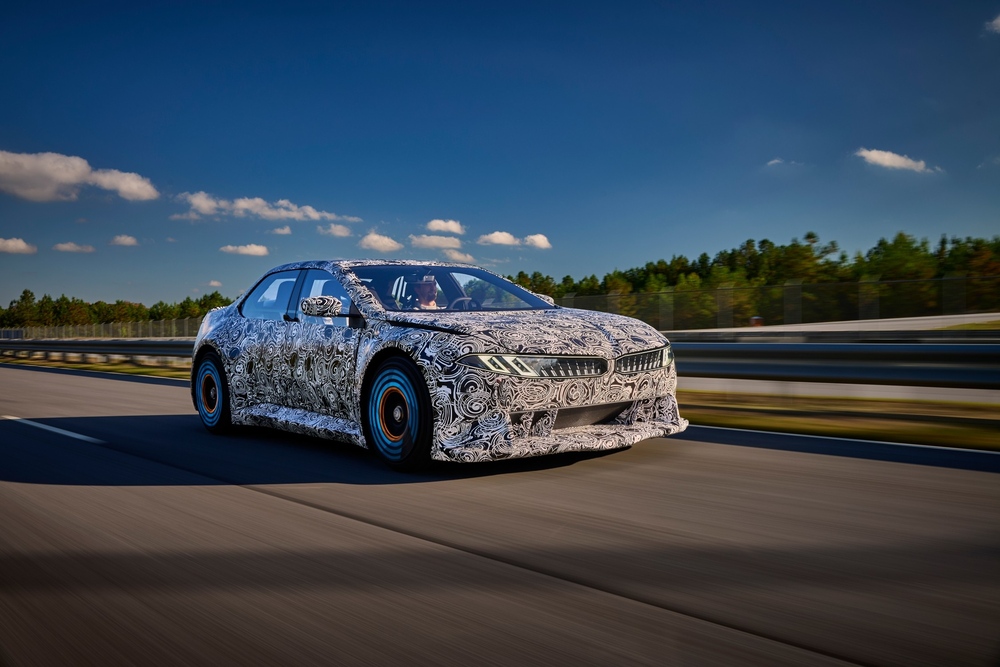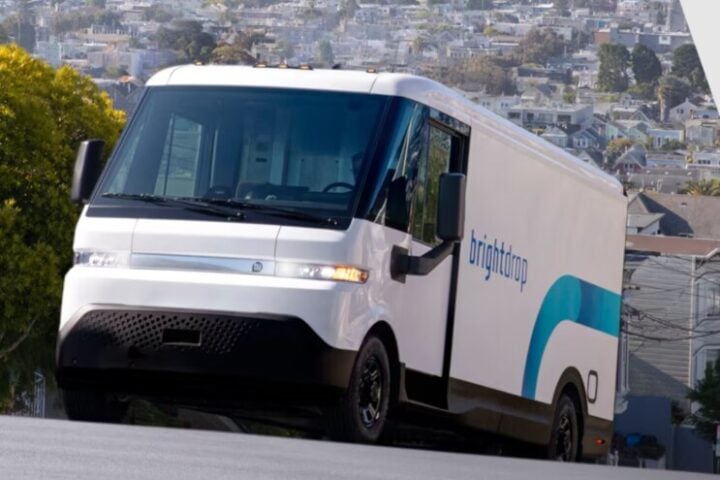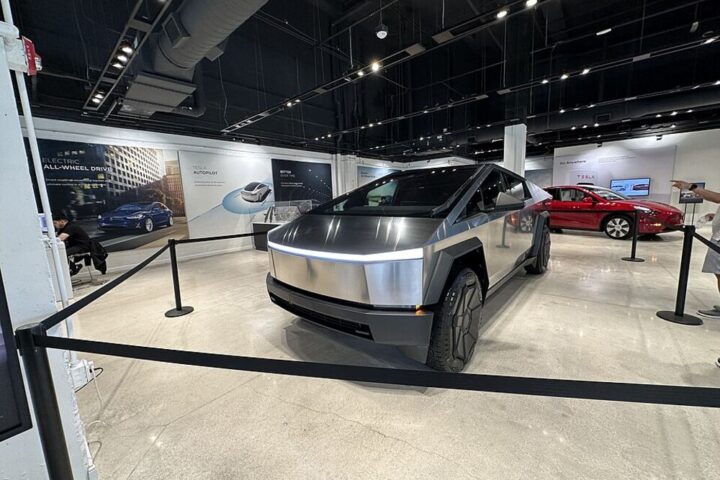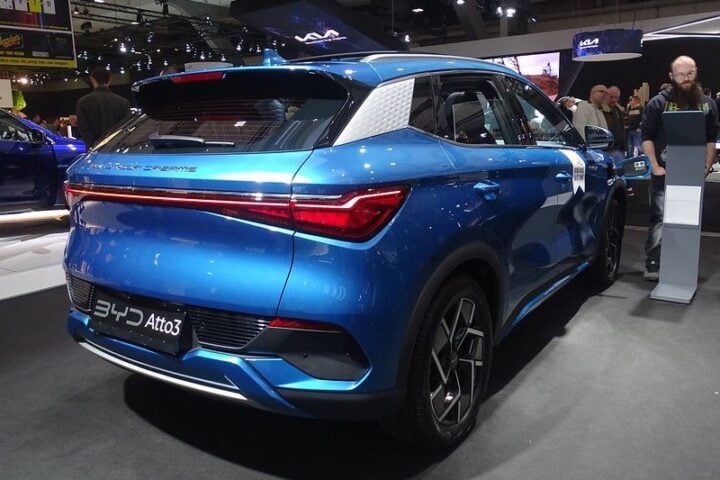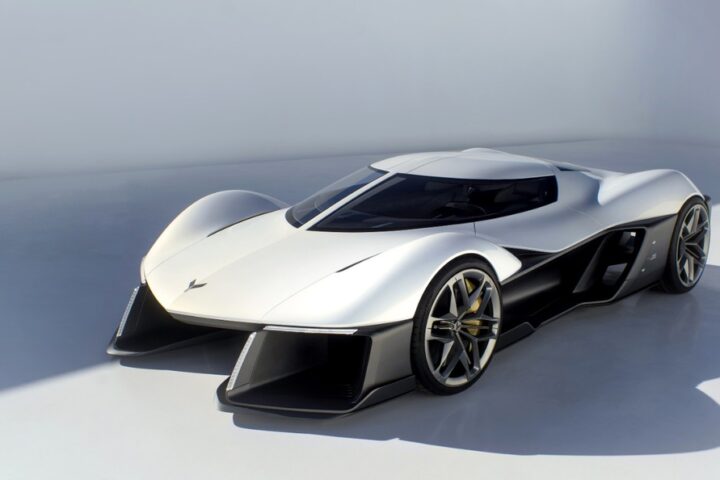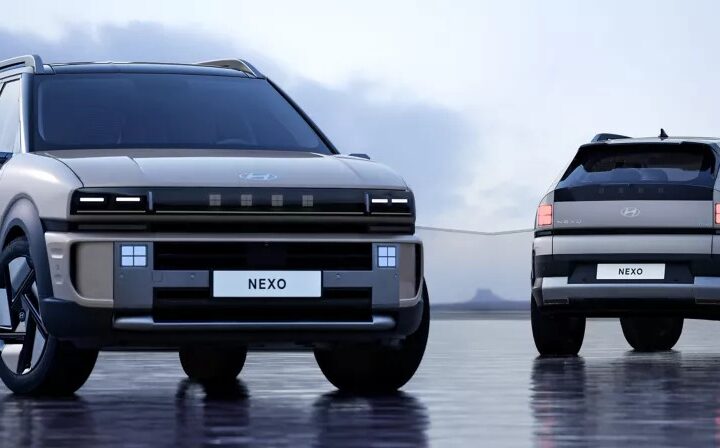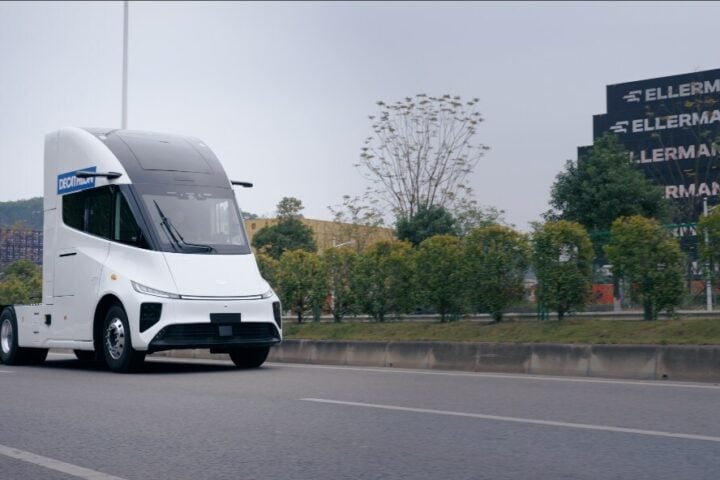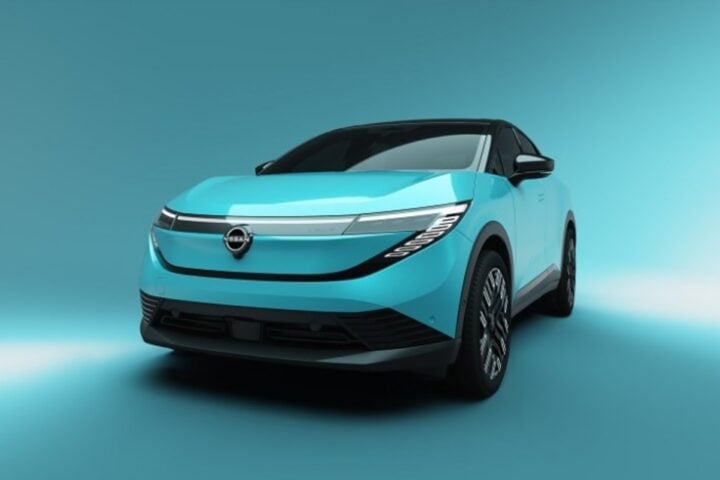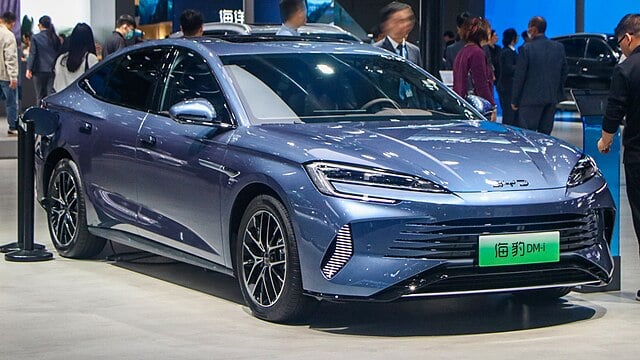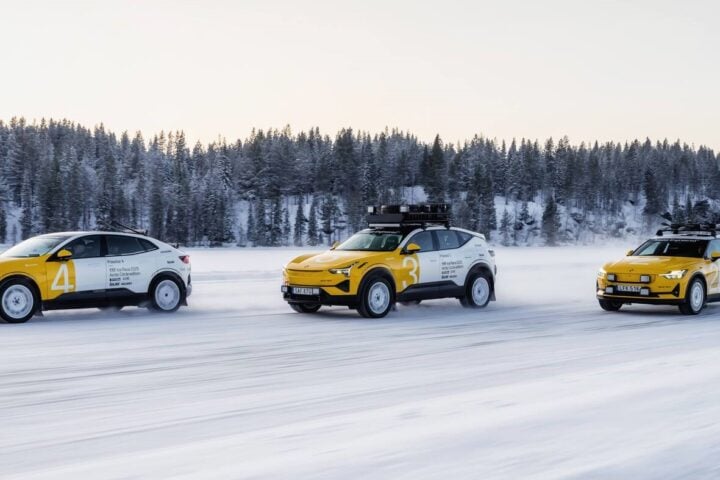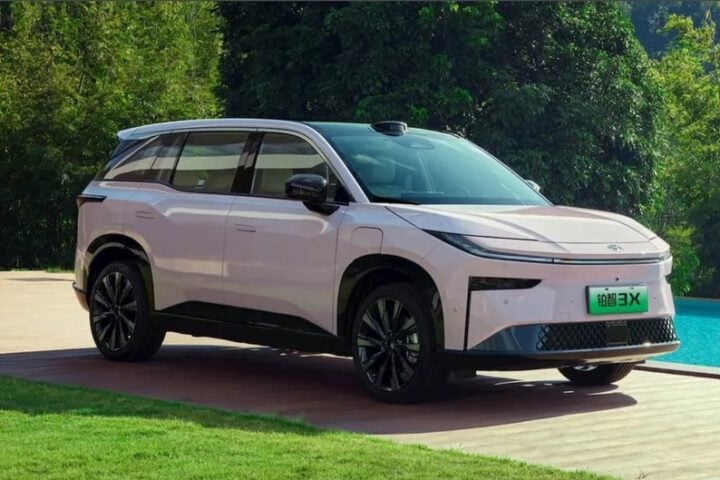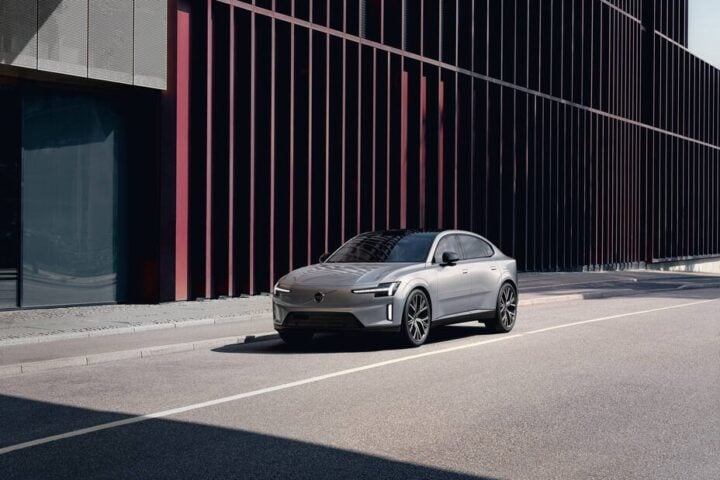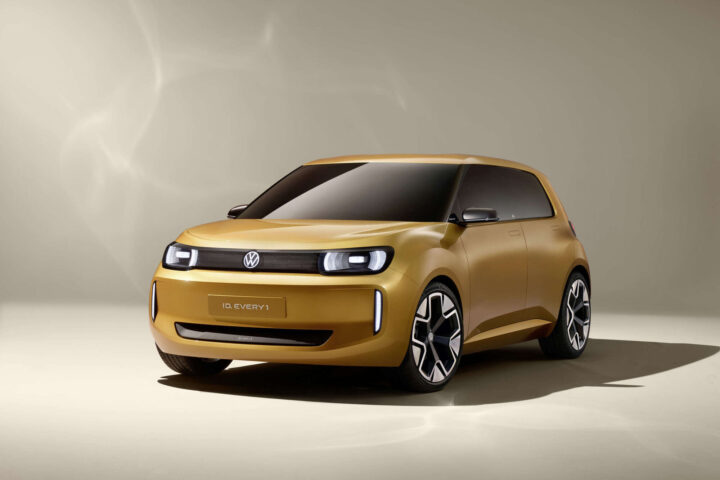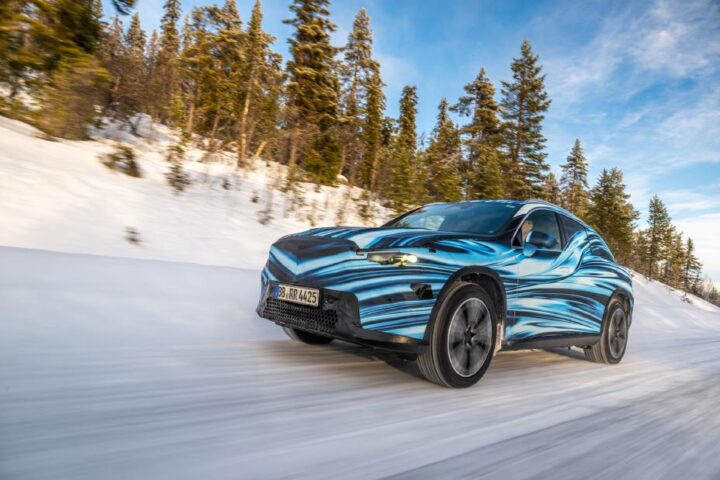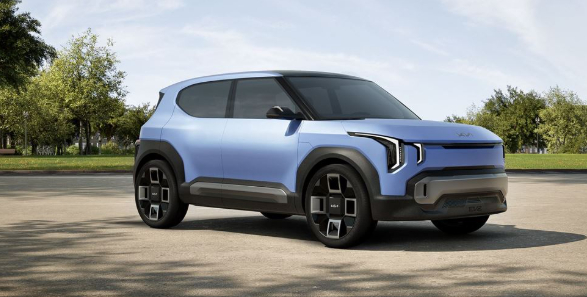BMW has unveiled an electric test vehicle that generates 13,269 pound-feet of torque – more than five times the torque of a Koenigsegg Gemera. This experimental platform, called the Vision Driving Experience (VDX), serves as a testing ground for technologies that will shape BMW’s future electric vehicles.
At the heart of this innovation is a small black box dubbed the “Heart of Joy.” This control unit brings together multiple vehicle functions – from power delivery to braking and steering – into a single integrated system. Christian Thalmeier, BMW’s technical expert, describes it as “the fastest test rig in the world” and emphasizes its role in making the car “come alive.”
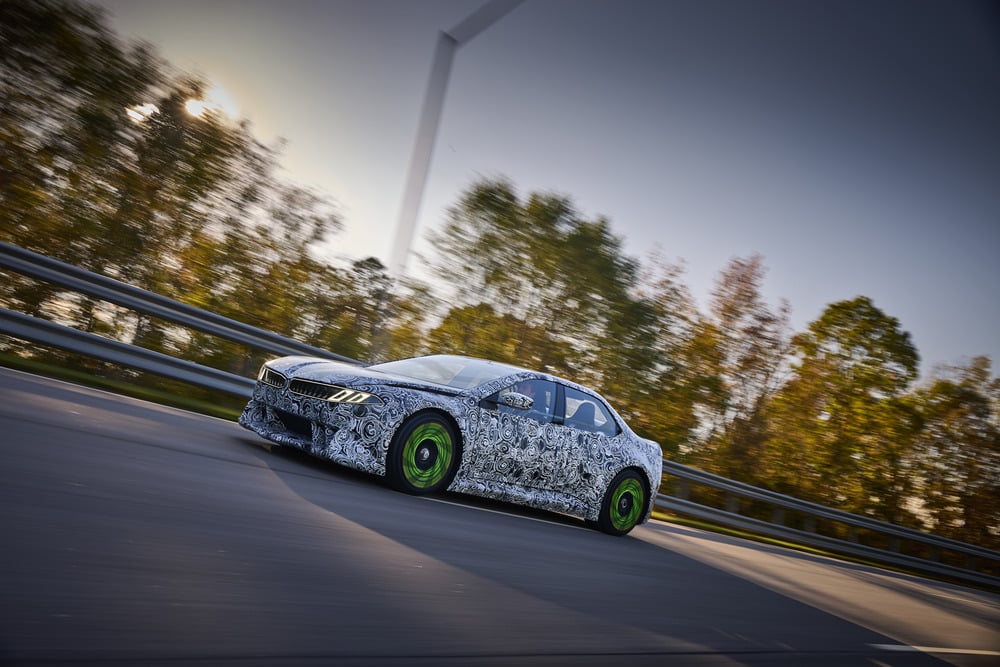
The system operates at 1kHz – ten times faster than previous generation BMWs, responding within milliseconds to driver inputs. This quick response helps manage the massive torque output while maintaining vehicle stability. Color-coded LED indicators on the wheel hubs provide real-time feedback: green for acceleration, blue for energy recovery, and orange for traditional brake usage.
One of the most significant advances is in brake energy recovery. The system can increase regenerative braking force by 60% in rear-wheel drive vehicles and 40% in all-wheel drive models compared to BMW’s 2021 electric vehicles. This improvement adds approximately nine miles of driving range and helps BMW move toward eliminating brake noise.
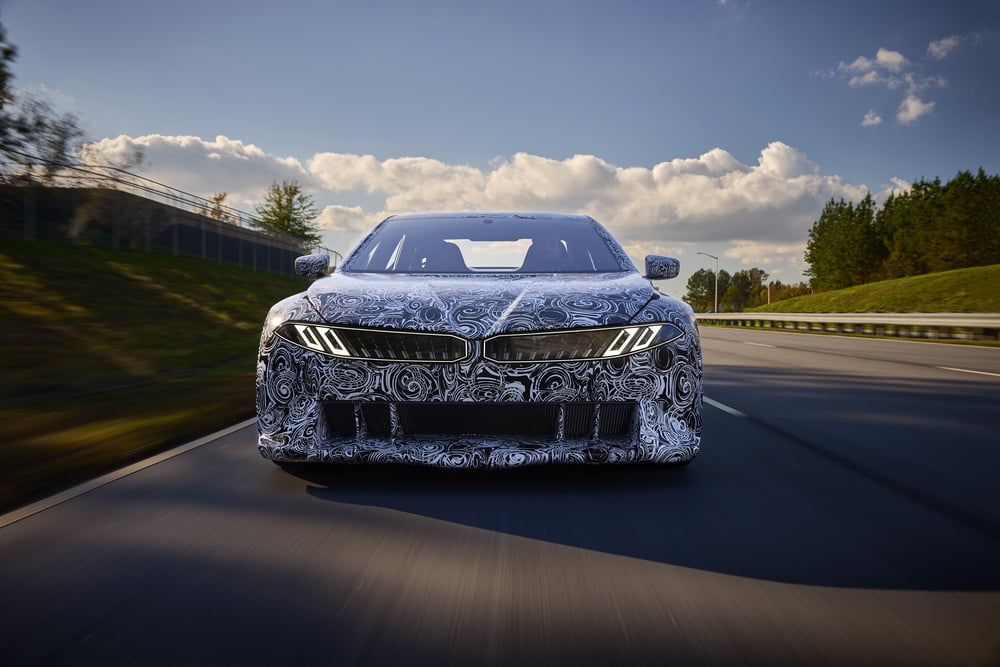
The VDX itself sits on a carbon fiber chassis and includes features like track mode, which activates five fans that help keep the car planted to the road at high speeds. During testing at BMW’s Performance Center in Spartanburg, South Carolina, professional driver Jens Klingmann demonstrated the vehicle’s capabilities, reaching speeds of nearly 90 mph on the 1.7-mile track.
Similar Posts
“Weight is not good in electric cars,” Thalmeier acknowledges, “but we can make them feel more light-footed.” He points to the lower center of gravity and centralized mass of the battery pack as advantages for handling. “The car moves precisely, and I feel the forces… This is what driving pleasure is. Everything works together.”
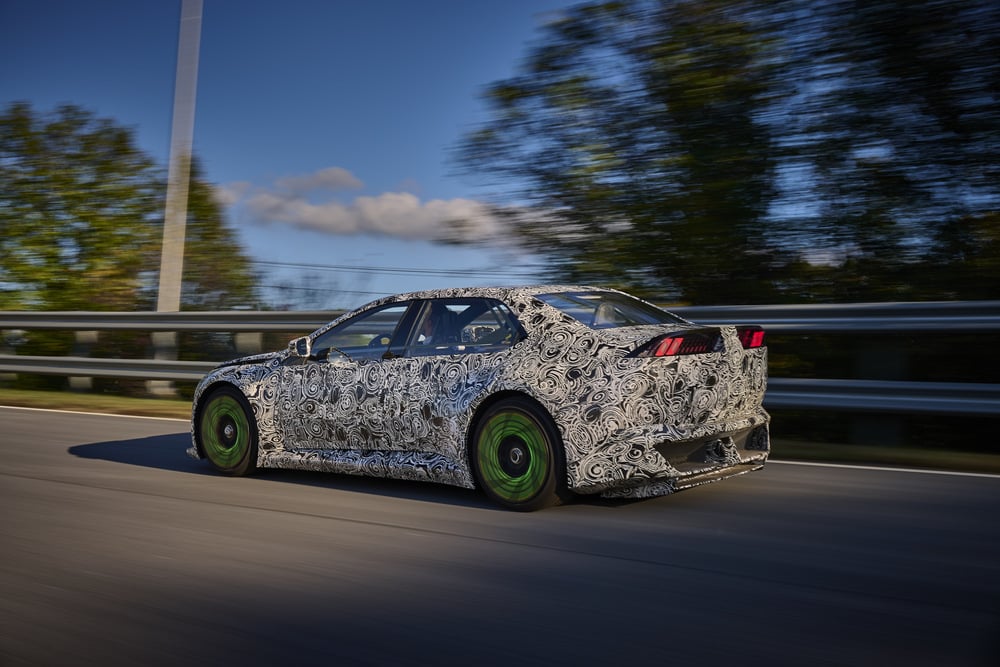
While the VDX itself won’t reach production, its technologies will influence BMW’s upcoming Neue Klasse vehicles, including an electric version of the 3-Series sedan expected to debut this year. Production will begin at BMW’s plant in Debrecen, Hungary.
The Heart of Joy control unit will be one of four main computers in future BMW electric vehicles, managing everything from basic driving functions to charging. By combining drivetrain and driving dynamics control, BMW aims to improve both efficiency and performance while maintaining its reputation for engaging driving characteristics.
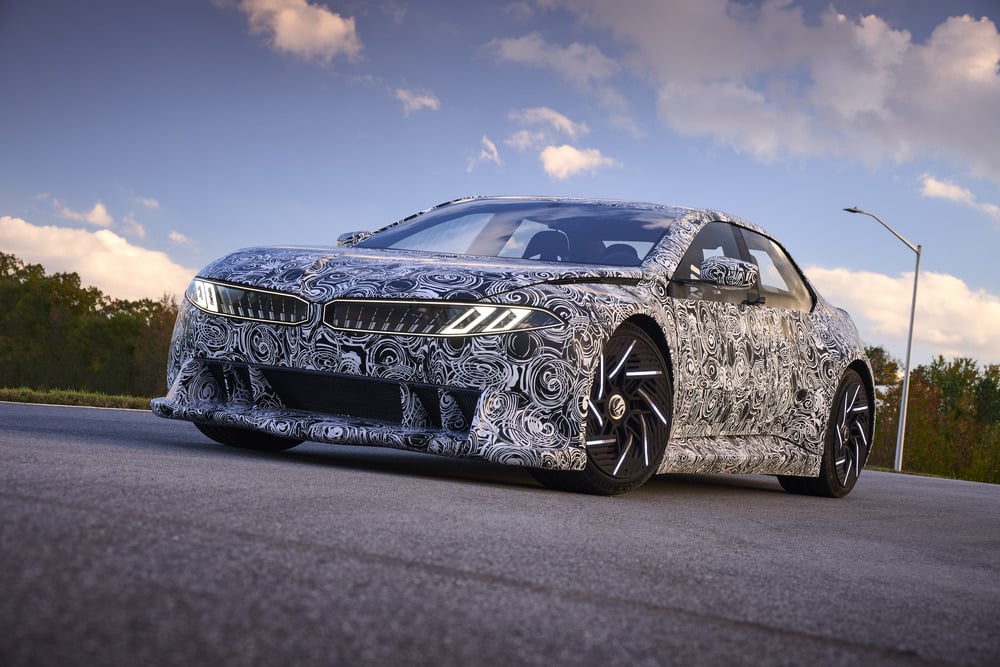

This development represents a significant step in BMW’s electric vehicle strategy, balancing high performance with practical improvements in efficiency and daily usability. The focus on integrated controls and enhanced energy recovery shows how traditional automotive engineering is evolving to meet the demands of electric mobility.
